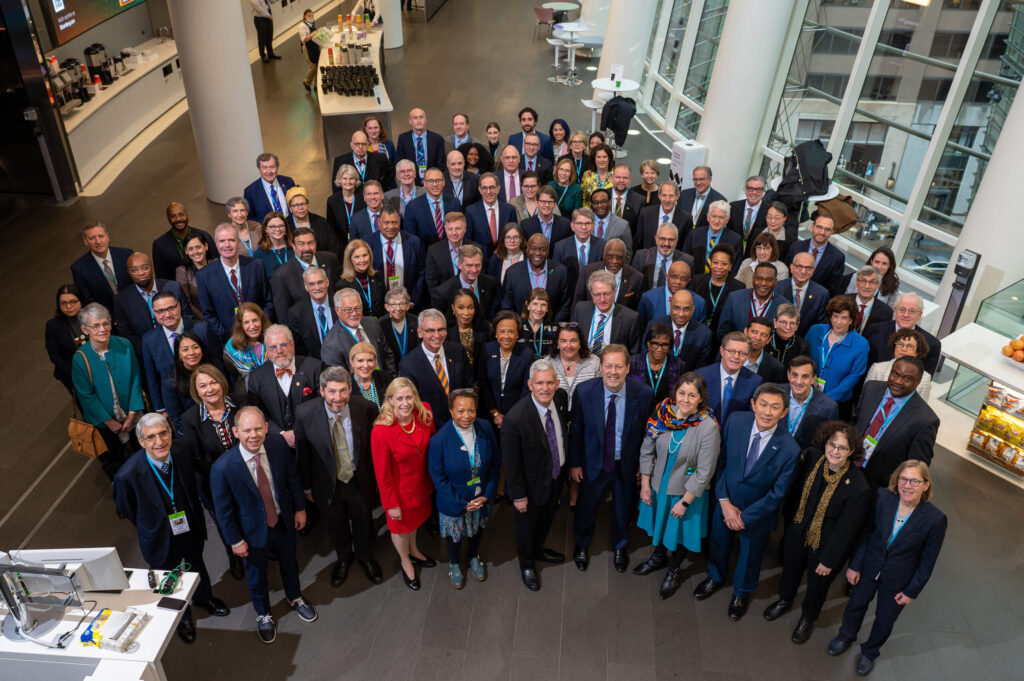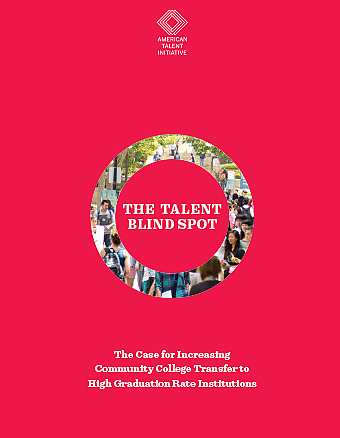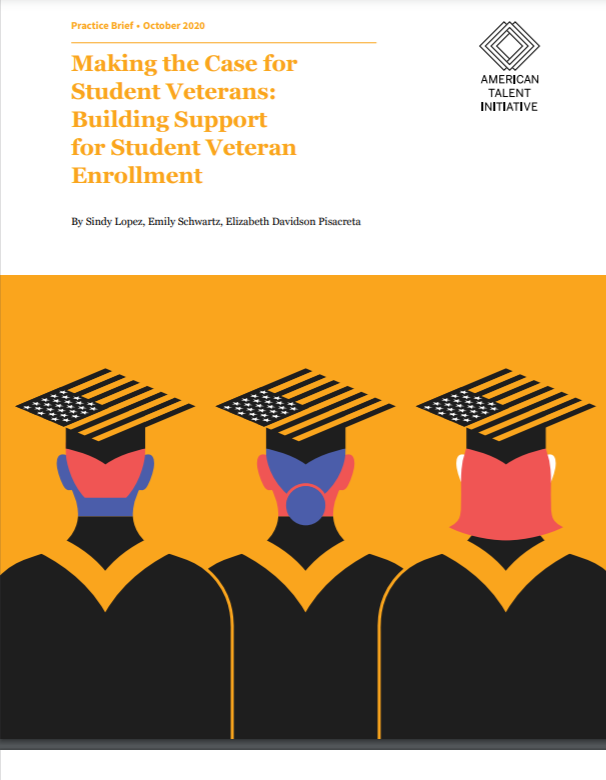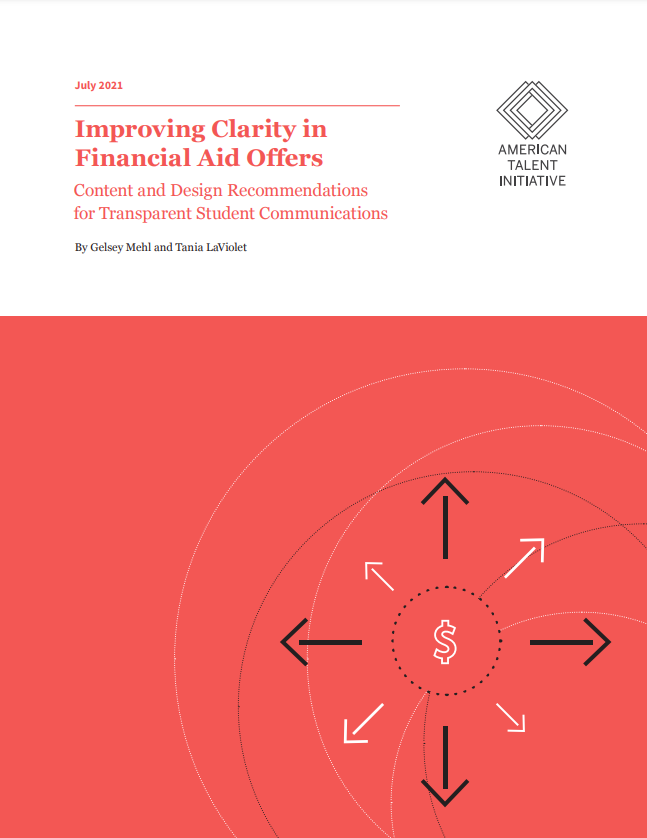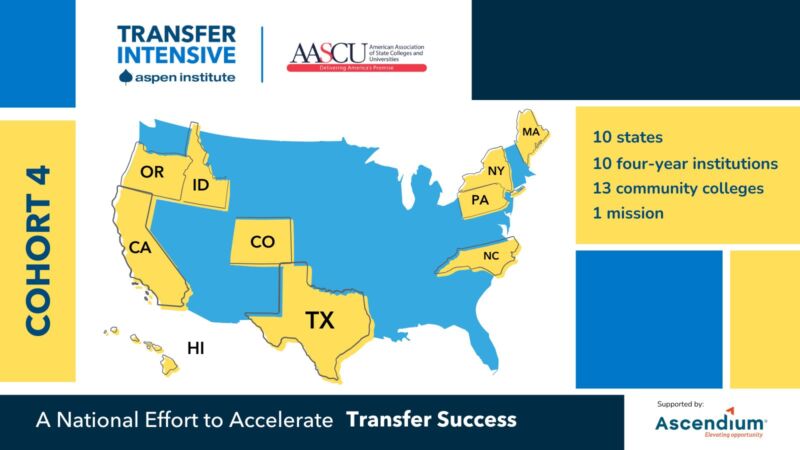Talented students from every zip code and income level deserve the opportunity to access an excellent college education.

Talented students from every zip code and income level deserve the opportunity to access an excellent college education.
Five Strategies to Advance Progress: 2023 Annual Report of the American Talent Initiative
What We Focus On
Statistics based on the period from 2015-16 to 2021-22

Photo by Elena Olivo/Baruch College
What We Do
The American Talent Initiative seeks to substantially expand access and opportunity for talented, low- and moderate-income students at the nation’s colleges and universities with the highest graduation rates. Member institutions are enhancing their own efforts to recruit and support lower-income students, learn from each other, and contribute to research that will help colleges and universities expand opportunity.
Who We Are
The members of the American Talent Initiative represent a diverse set of public and private colleges and universities with high graduation rates. The initiative is funded by Bloomberg Philanthropies and coordinated by the Aspen Institute College Excellence Program and Ithaka S+R.
